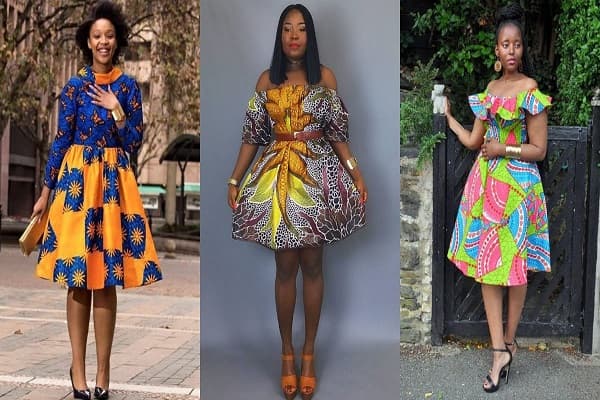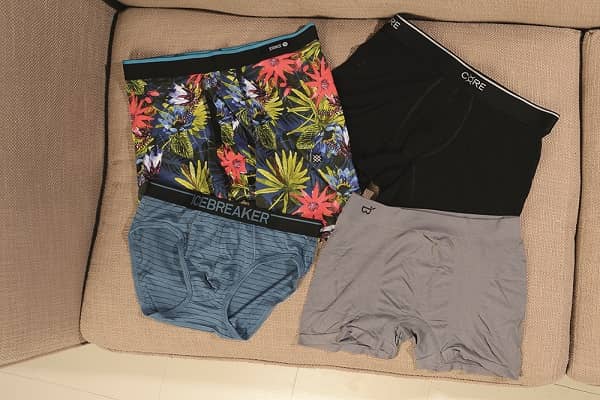What Are Cosmetics Made Of?
If you were told that many of the beauty products you use to look younger and with smoother skin depend on the existence of many animals, would you continue buying them? Do you know that there are products of plant origin that exclude any use of animals?
What are cosmetics?
The purpose of cosmetics and its industry is to improve the appearance of the person, to improve the beauty of the skin, hair or face. Many branches operate in the cosmetic industry, the most important being chemistry, but also biology, pharmacy and even medicine.
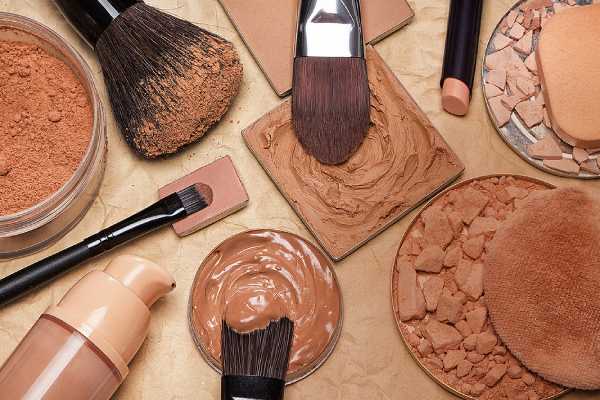
We can say that it is about beautifying or caring for the skin and the human body with cosmetics.
Let’s look at the origin of cosmetics.
They can be of animal, vegetable and mineral origin:
Of Animal Origin: Oils that come from snails, turtles, or fish such as cod are normally used; mink is widely used to eliminate wrinkles. These oils are very rich in vitamin A and D, widely used to delay aging and give luminosity to your skin.
Some substance that comes from sheep is also used, as well as beeswax.
Vegetable Origin: However, those of vegetable origin are the most heard and above all those that seem to have the most penetrating and hydrating power, these are walnut, almond, wheat, olive oil, avocado, sesame, shea butter, or and others containing vitamins A, B, D, E.
Mineral Origin: Products derived from petroleum, paraffin and Vaseline are usually used to create a protective barrier on the skin, reforming it as well as protecting it from high and low temperatures.
Today, there are products that have been developed and processed, substances that are well known among us, such as collagen and elastin that were known from leather to get more out of cows. Hydraulic acid, which although it is produced chemically, is found in the rooster, specifically in the comb, and it has great power to fill in wrinkles.
Cosmetics of animal and plant origin
There is a long list of ingredients used in cosmetics that use animals, let’s see which are the most important, and their alternatives.
- Stearylic Acid: For this acid, whale sperm is used in a host of cosmetics, such as shampoo, soaps, face and body cream rinses, and even candles. The alternative to this acid is coconut oil.
- Hyaluronic Acid: If it is of animal origin, as we have said before, it comes from the combs of roosters or the eyes of fish, which is where it is most common. As an alternative to animal origin we have various plant oils.
- Oleic acid: Obtained from various animal and vegetable fats, it is usually a good solution for hair, as well as nail polish and lipstick.
- Fish oil: Usually derived from mammals, including butterflies, it is used in soaps and its alternative is usually vegetable oil.
- Vitamin A: This usually comes from fish oil and is used in hair cosmetics such as dyes, shampoos, food supplements, in the form of vitamins for the skin…
- Carmine or carminic acid: It is widely used as a lipstick dye, as well as powders in blushes, the alternative is beets and unfortunately many mealybugs have to be killed to get this dye.
- Beaver: This is widely used by some companies to establish colonies as well as incense, many of which still use the animal to give these uses, others use products of plant origin such as soy, oils, etc.
- Collagen: This is the protein of the fibers of some vertebrates, it is widely used in some anti-wrinkle creams and especially with great anti-wrinkle power, some of the alternatives would be soy or almond oil.
- Fish scales: Usually used in makeup and nail polish.
- Sponges: It is usually an animal similar to a plant and lives in the sea, the alternative to this would be vegetable or synthetic sponges.
Cosmetics of natural origin
Now that we have seen in passing those of animal and plant origin, let’s look at those of natural origin, which can also be obtained from animals or plants. We have the following:
- Gelatin: it is obtained from tendons, bones, ligaments of animals, it is used to thicken desserts or to increase cakes and give it a soft texture; some of its alternatives would be seaweed, for example.
- Glycerin: Surely you have heard about it in many of the cosmetics that you use every day, and it is very common to apply in soaps and certain creams, just like the previous one, the alternative would be those derived from seaweed.
- Royal Jelly: so used in cases of throat infections to soften it and improve colds, it is extracted from worker bees.
- L-Cysteine: this is a substance widely used in hairdressers, it also comes from animals.
- Lanolin; It is an element produced by sheep, extracted from their wool, and is widely used in cosmetics and some medicines.
- Ox marrow: it is widely used in cosmetics for the face, skin and hair products, an alternative to this would be soy lecithin.
There are endless natural substances that are used in cosmetics, so many that perhaps we would never finish naming them, so we close the list by naming the most important ones, and therefore we move on to somewhat more interesting things.
A little history about cosmetics
Nowadays there is a great variety of cosmetics and as we have said, there are an endless number of natural ingredients and of animal or plant origin.
Cosmetics are a substance or preparation that is put on the skin to perfume, smooth, hydrate or protect it. In addition, it can also be put on the hair, there are different smells and also different textures.
Cosmetics are usually chemical products, the way they are made and processed is sometimes very complex.
Preparation of cosmetics in history
Makeup played a very important role in the history of women, especially to refine the face and highlight its most important physical qualities.
As for cosmetics and creams, let’s not think that they are current, but the Egyptians already discovered healing properties in oils and ointments extracted from plants, in addition, they already used eye lines to highlight their expression.
In Rome, women were not considered beautiful if they did not wear makeup and only women with a lot of purchasing power had access to makeup and cosmetics.
In the Middle Ages, the church highlighted the idea that makeup was only used by clowns as well as prostitutes, so they gradually disappeared. However, during the 18th and 19th centuries, chemical industries began to process and produce makeup again. new cosmetics starting to spread them on the market again.
At the beginning of the 20th century, the cosmetic industry began to introduce more pencils, lipsticks, glosses, blushes, and eye shadows, with all of this new styles and movements emerged.
How is a cosmetic made?
In general terms, the following steps are followed:
First of all, a great deal of research is carried out on the new products, after this, studies are carried out on how that product will behave on certain bodies or skin, that is, its results, if it produces any type of allergic reaction. or if the results are truly latent in a long or short time.
The formula is adapted and they make sure that the product complies with the established legal and regulatory provisions.
What are the main ingredients of cosmetics?
The truth is that we usually use products and cosmetics and we don’t know what they are made of, we only trust the labels, and many times we are not clear what those names mean. Today we are going to name some of the ingredients to get a general idea.
For example, lipstick is made mainly of wax and oil, hence its slippery effect on the lips, some more or less permanent depending on the pigment used, they also usually add alcohol.
Eye mascara is usually made with tar or charcoal to achieve the blackened color, however other things are often used to obtain other colors such as iron oxides to achieve the brown color, you have to be careful with these because many people are allergic to some pigments that eye pencils have, causing very serious irritations, so it would be very advisable to read before the products are made.
On the other hand, powders and blushes, for example, usually have pigments, perfumes and oils.
Let’s now look at the most common ingredients to make cosmetics:
They generally include water, alcohol, emulsifiers, thickeners, fragrances and some more.
As we said at the beginning of the article, they can be of animal, natural or plant origin, however we will now name those that are usually most common in all types of products.
Water
Water acts to dissolve and dilute the rest of the thickening ingredients, which is why it is very common in all cosmetics, that is, in creams, shampoos, conditioners…
Emulsifiers
It is a binding ingredient, for example, water and oil, as we know, are incompatible and cannot join, since emulsifiers achieve this effect by changing the surface texture of the water and oil so that it remains a homogeneous and uniform whole.
Preservatives
Preservatives, as in food, are used to extend the life of the product and prevent fungi from growing due to humidity or others due to changes in climate or the passage of time. Let’s remember that most microorganisms live in water and cosmetics are mainly made from this element, so if we didn’t put preservatives in them, they wouldn’t last long.
Thickeners
Thickeners serve to make the appearance of cosmetics denser and less liquid. They usually come from nature and are ingredients that absorb water
Emollients
Some of the emollients whose function is to soften are beeswax and olive and coconut oils, the best known.
Pigments
It is nothing other than the famous colors and the entire range of them that we find when we want to put on makeup, can be given with organic or inorganic products. For example, carmine is one of the most famous pigments secreted by cochineals and whose production causes the death of millions of them.
Shines
Star product for lipsticks for women, these are created through a substance called bismuth oxychloride
Sodium chloride
This also serves to join ingredients that are incompatible with each other…they are used in shampoos, cleansers and some soaps.
Common salt serves to bind incompatible ingredients. It is widely used in shampoos, soaps and facial cleansers.
Plastic
Although it may seem like a lie, it is also used in cosmetics, especially in lacquers or gels and hair wax.
Fragrances
Fragrances are not only used in perfumes but also in cosmetics. It seems silly to think that it is important for a cream to smell good. However, the texture and smell are extremely important. Sometimes they even add scents that attract them. but putting them on is what somehow hooks the consumer into buying a certain brand.
The manufacturers of the products are not obliged to include the type of fragrances in the products since it is considered their secret, and if you notice they are not included on the labels.
Conclusion
Cosmetics have a long history and manufacturers have investigated countless things over the years to improve them as well as the ingredients and ensure that they comply with strict regularity.
It must be remembered and highlighted that the cosmetics industry is a million-dollar business that has often used very dangerous chemicals for the skin, endangering human health and being eliminated from the market.
Read Also: Natural vs Conventional Cosmetics – What Is The Difference?
Now that we have a better idea of the ingredients we put on our faces, you can decide which ones are safest for you.

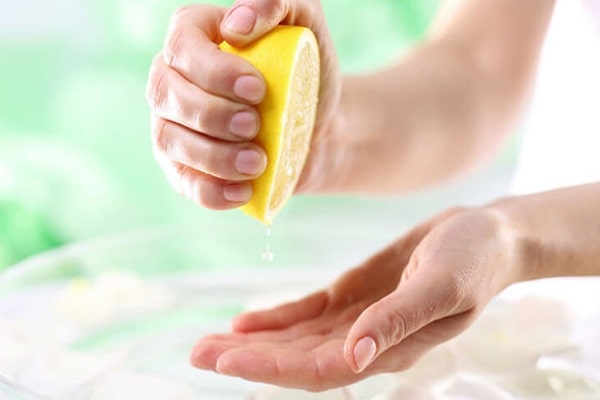

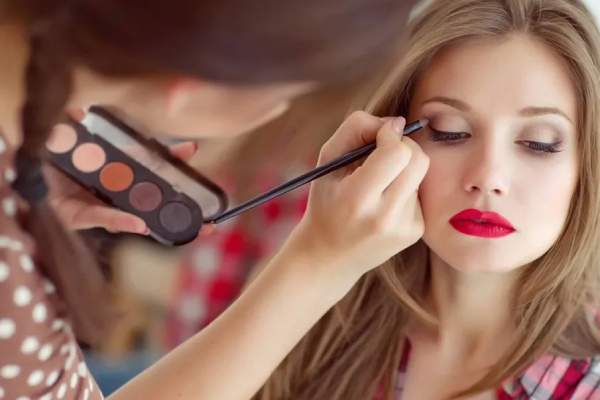
![5 Best Hair Dyes For Natural Hair in Nigeria [Best Quality] 6 5 Best Hair Dyes For Natural Hair in Nigeria [Best Quality]](https://naijaxtremefashion.com/wp-content/uploads/2022/05/the-best-hair-dyes-for-natural-hair-in-nigeria_1fdj-min.jpg)
